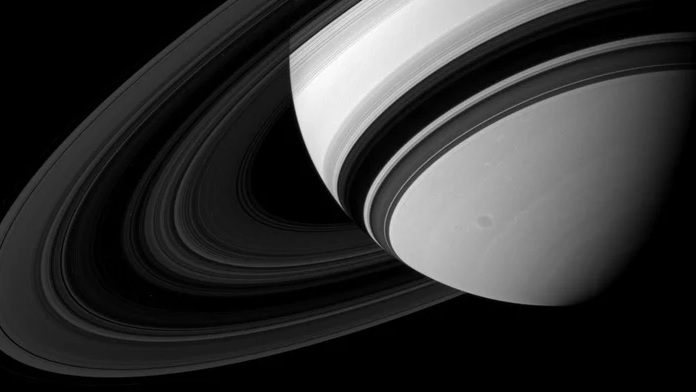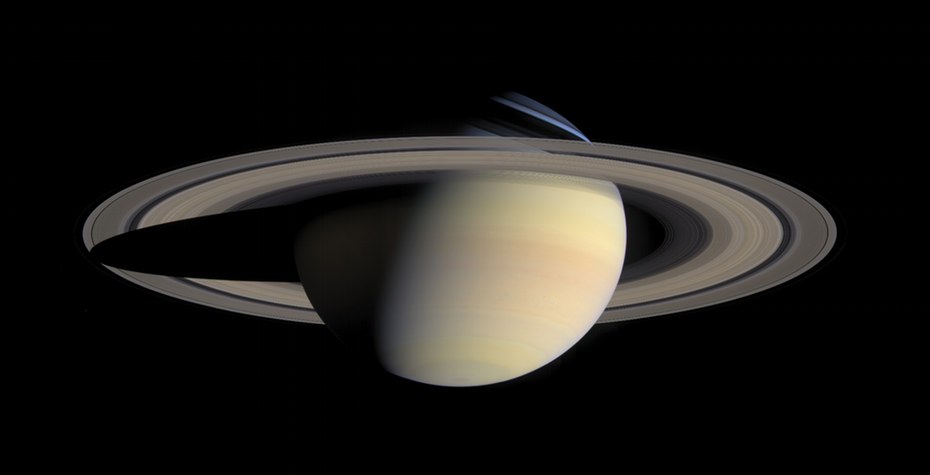
A group of astronomers reports that found the weight of the heavy and the bright rings of the planet Saturn, also known as “ring B”. The calculations was made possible by data collected from NASA spacecraft “Cassini”, which among other things may provide scientists with new information about the age of the system the planet’s rings, as well as how it could be formed.
The mass of the ring, scientists were able to figure out thanks to the optical and the infrared spectrometer installed on Cassini. With this device, scientists analyzed the amount passing through the B ring of light and calculated the so-called spiral density waves. By counting data, the researchers came to the conclusion that the typical mass surface density of the ring B is from 40 to 140 g/cm2.
The researchers note that, despite the apparent distinguishing the density of the ring in its different regions, weight of individual regions of the ring remains relatively stationary, which in turn made me think about what can cause such differences in opacity and reflectivity.
“Appearances can be deceptive,” says study co-author Phil Nicholson of Cornell University in new York.
“A good analogy can serve as an example of early mist over the field and, say, a pool of water. Despite the fact that the swimming pool contains more water and water is much denser, and we can see what is on the bottom. In turn, using the fog to see something much more complicated.”
According to the researchers, it is likely that the high opacity of the B ring of Saturn may be a result of the huge amount contained in it of large particles. Perhaps the reason is unknown and the dimension of the ring structure.

The findings may shed more light on how formed the unique system of rings of Saturn, and also help in determining her age. Despite the fact that the mass density of the ring B is not much different from one area to another, the total mass of the ring was much lower than previously assumed.
As the ring, it absorbs more and more dust from meteorites and other sources, which makes it denser and increases the weight. However, since the ring B has less mass than previously thought, then perhaps it is much younger than previously thought. Scientists suggest that the ring might be only a few hundred million years, not several billion, as suggested by previous theories.
Despite the fact that working time of the spacecraft “Cassini” gradually coming to an end, the probe has still not managed to figure out the many mysteries of the amazing planet Saturn. One of the last tasks of the device will be the very accurate calculation of the mass of the planet minus its system of rings.
